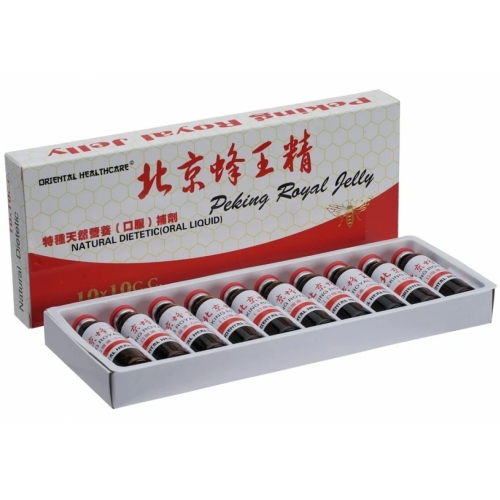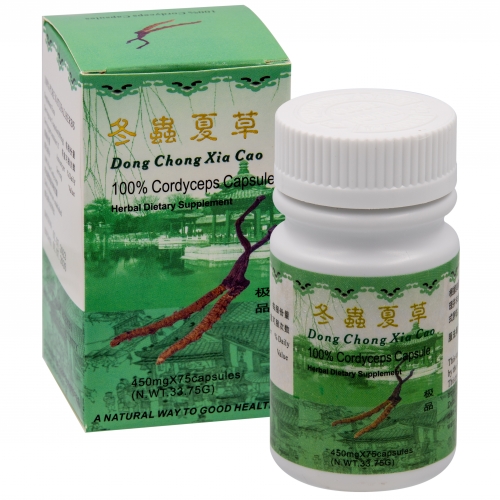energy

China Nature provides some highly effective natural-based nutritional supplements for energy. Natural dietary supplements are a great option to keep up energy and spend every day dynamically and positively. With the help of China Nature's dietary supplements, you will stay dynamic, active and positive all day long.
Free product advice.
If you find it difficult to choose the right product, or want advice on these formulas, contact us directly so we can advise you!












